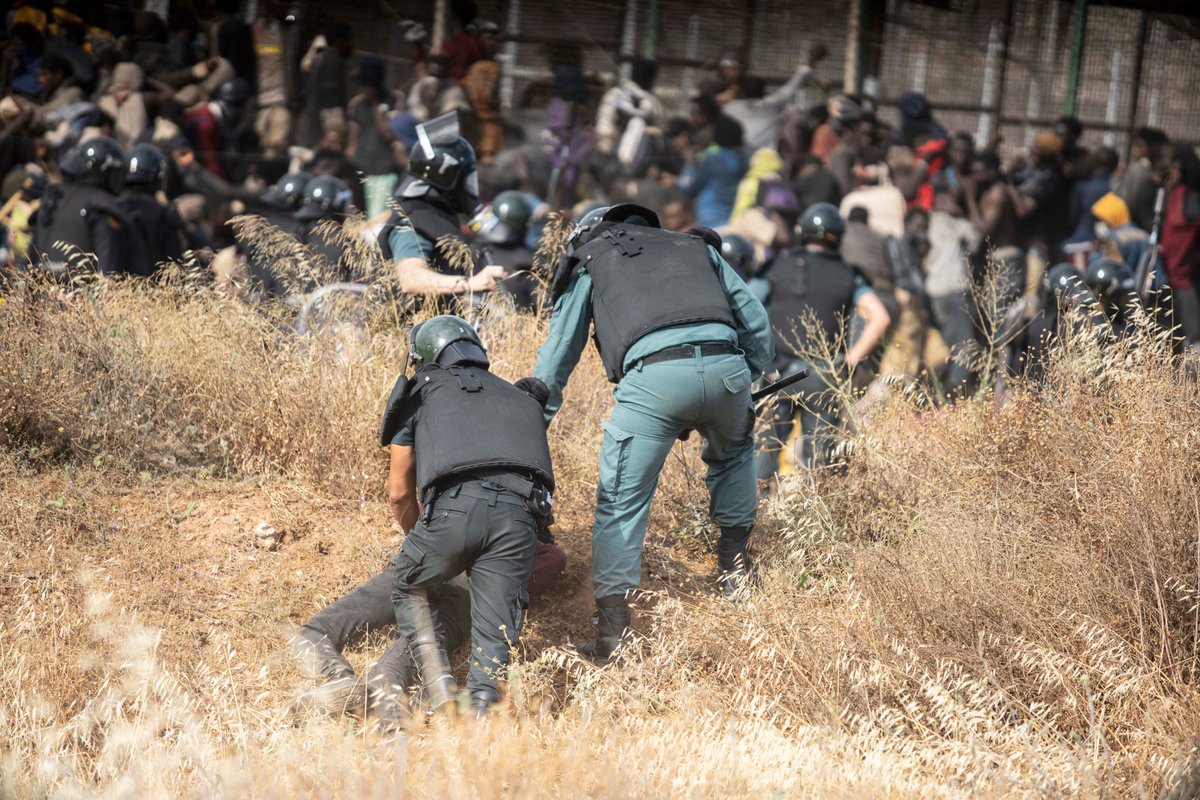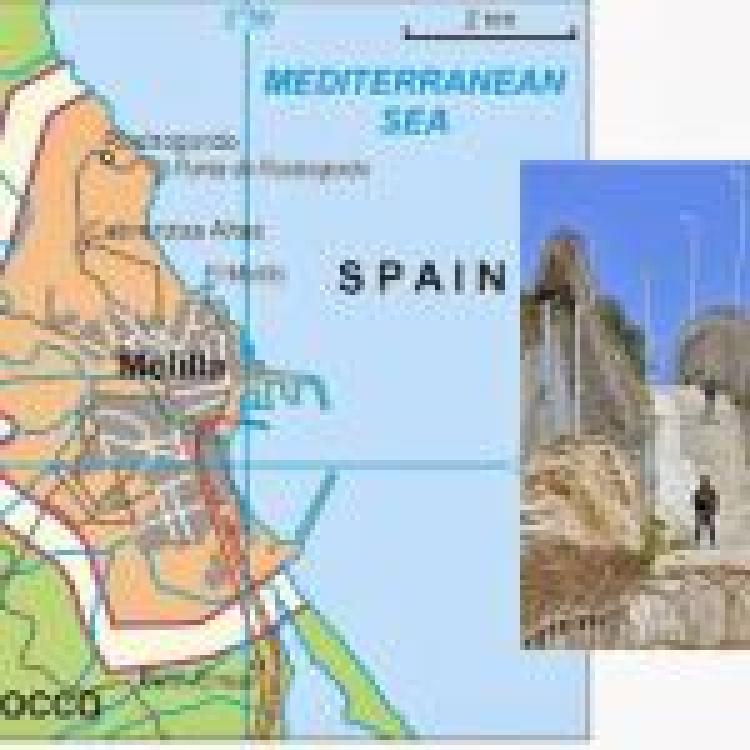The Spanish government is facing growing pressure to explain how at least 23 people died in June at the fortified border of Melila, Spain's enclave in North-Africa.
About 2,000 people attempted to cross the heavily fortified border between the Moroccan region of Nador and the Spanish enclave last week. The Moroccan authorities say 23 people died and 140 police were injured during the attempt, while several NGOs say the number of dead is at least 37.
MPs who visited the border on a fact-finding trip have appeared to corroborate reports – first aired in a BBC Africa Eye investigation broadcast last week – that dead bodies were dragged out of a Spanish-controlled area by Moroccan police.
Video footage shared by the Moroccan Association of Human Rights showed dozens of people packed into an area next to the border fence – some bleeding and many lying motionless – as Moroccan forces in riot gear watched over them in the aftermath of the incident.
Morocco and Spain say their border guards did not use excessive force to repel the incursion. But the BBC investigation and Spanish MPs have cast doubt on the official version of events.
“Given what we’ve seen, everything suggests that people obviously died in an area that was under the control of Spanish authorities,” said Enrique Santiago, an MP for the Unidas Podemos alliance, which governs Spain in coalition with the larger Socialist party.
“So if there were deaths in an area under the control of Spanish authorities, then Spanish authorities are the ones who need to be carrying out an investigation.”
Jon Iñarritu, an MP from the pro-independence Basque party EH Bildu, said: “There’s no doubt that the main events took place in Spanish territory.” Iñarritu also tweeted that Guardia Civil officers had responded to the incursion by firing 86 teargas canisters, 28 smoke canisters, 65 rubber bullets, 270 warning shots and 41 doses of pepper spray.
Independent UN experts have blamed the deaths on “excessive and lethal force”, described the continuing lack of accountability so many months after the tragedy as “alarming”, and called into question the official death toll.
Both E Tendayi Achiume – the outgoing UN special rapporteur on contemporary forms of racism, xenophobia and related intolerance – and the refugee and migrant NGO Walking Borders have put the number of deaths at 37.
Read more at The Guardian


